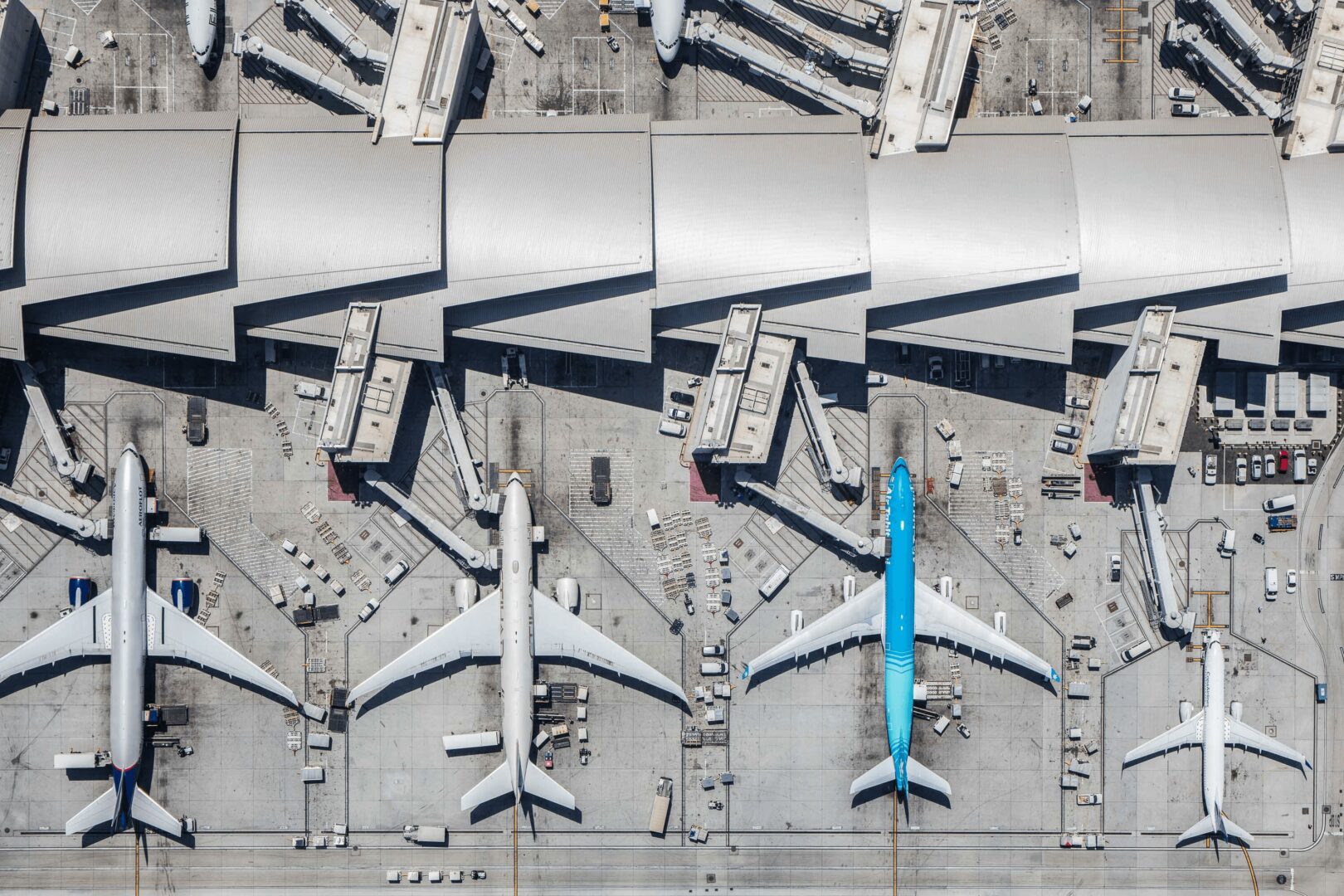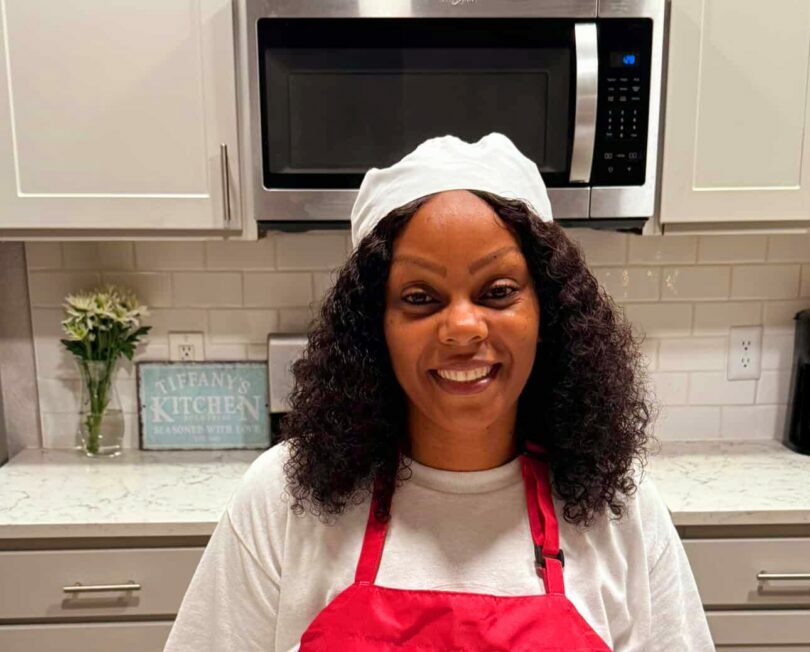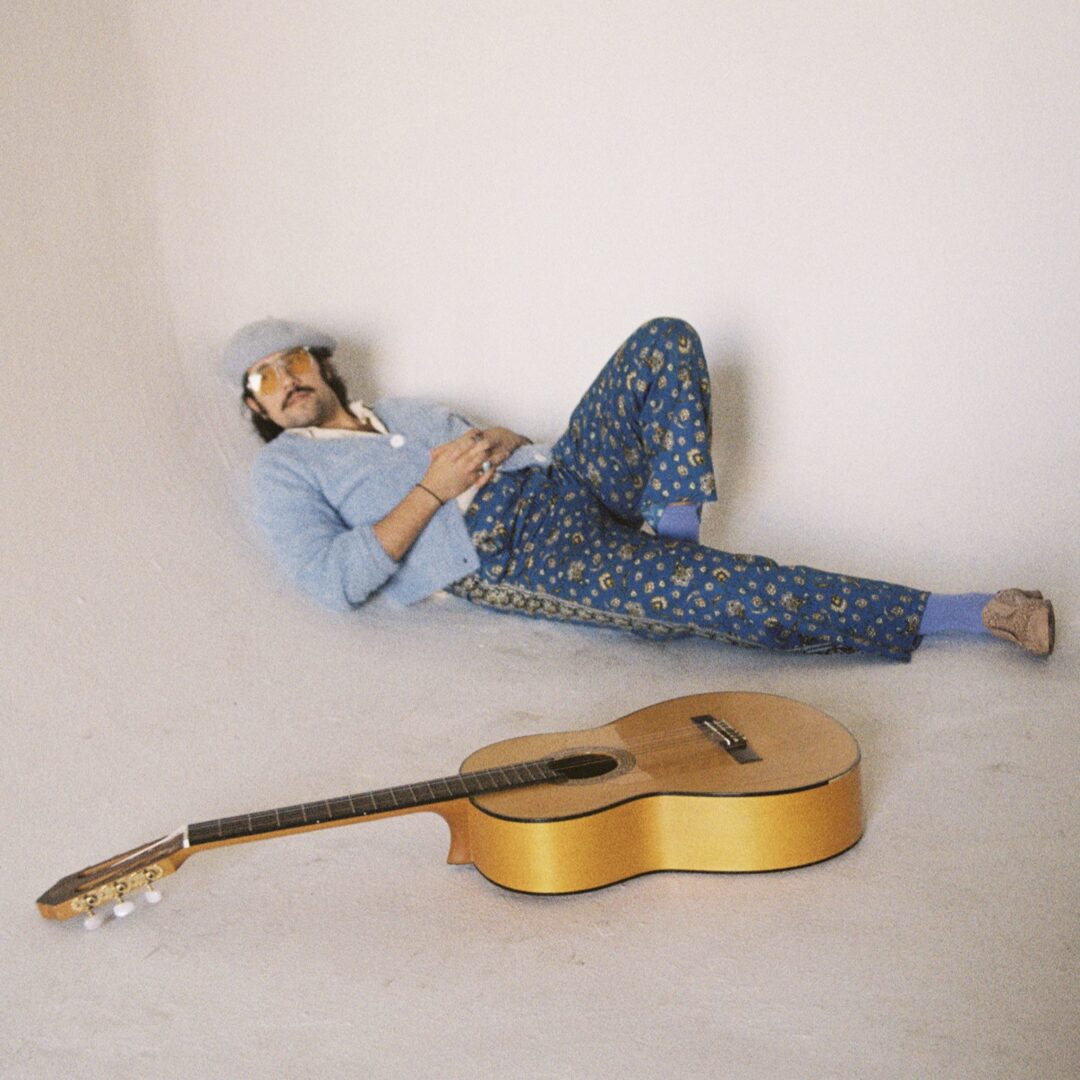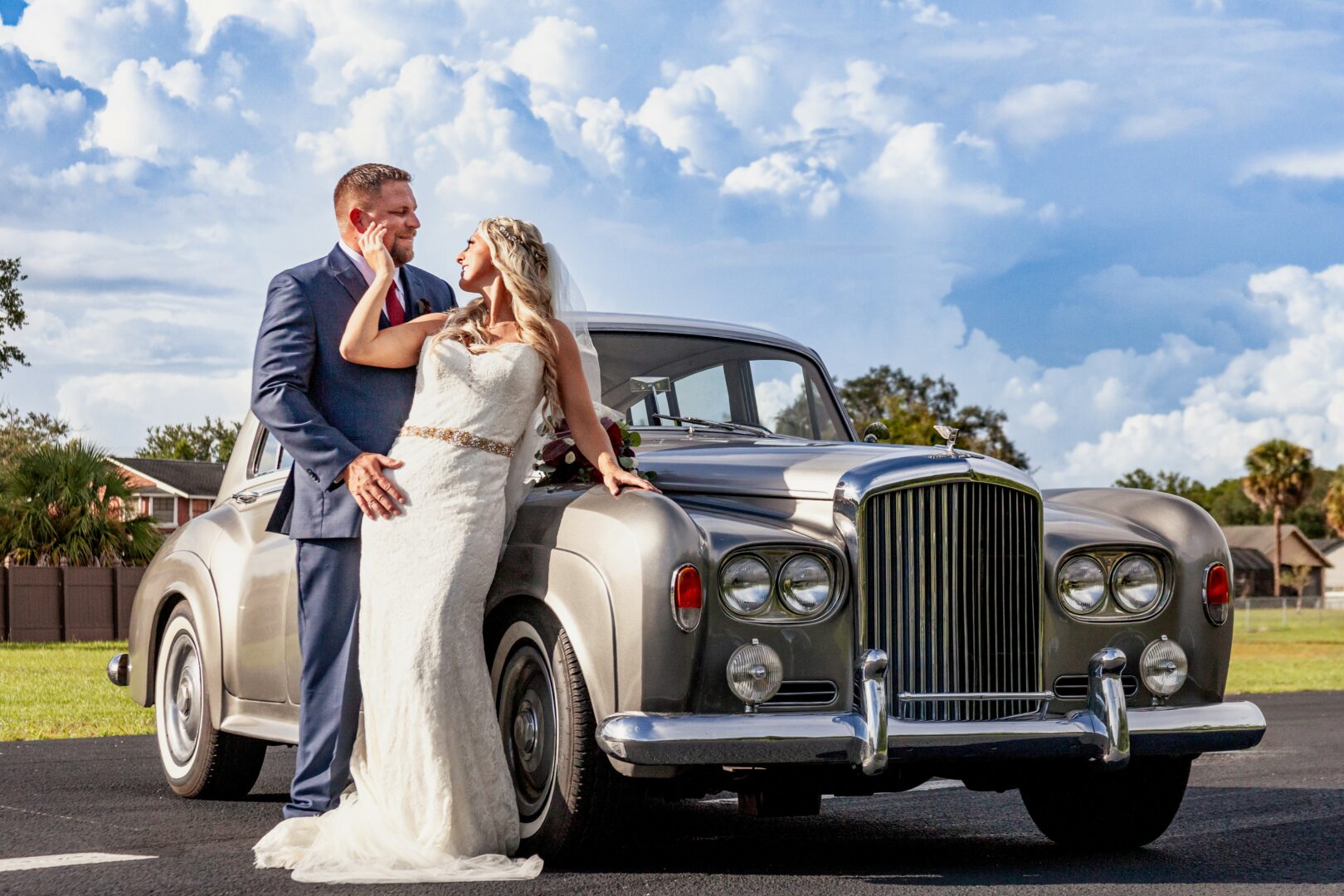We’re excited to introduce you to the always interesting and insightful Mike Kelley. We hope you’ll enjoy our conversation with Mike below.
Hi Mike, great to have you with us today and excited to have you share your wisdom with our readers. Over the years, after speaking with countless do-ers, makers, builders, entrepreneurs, artists and more we’ve noticed that the ability to take risks is central to almost all stories of triumph and so we’re really interested in hearing about your journey with risk and how you developed your risk-taking ability.
My ability to take risk, if I had to guess, stems from my youth. I was always obsessed with skateboarding, snowboarding, and surfing, and every single thing you do in those sports involves some element of risk.
On a skateboard, every 30 seconds you are jumping off the board. Try again. Every 15 minutes your ankle or shin will be chewed up by 5 pound piece of wood slamming into it. Ouch. Every hour you are probably taking a fall where you need to sit down for a bit and recover.
Every six months there is probably something more substantial as the stakes get higher. On a snowboard, physics are at play – I’d regularly launch myself 60 feet across a jump, or 15 feet out of a half pipe. When you fall at that level, it hurts; there’s no two ways about it. You get up, and have to shake it off or take a break for a few days, weeks, or months.
On a wave, you are falling and having every orifice of your body flushed out by a moving wall of water, or being held underneath for 15 seconds before you come up and gasp for air and wait for the next wave to do the same thing to you.
While it sounds somewhat dramatic, I survived all of this for a good 15 years of my life.
None of the business risks hurt the way these injuries did – which often left permanent damage, whether it was broken bones, herniated discs, concussions, and daily soreness getting in and out of bed. These sports teach you to keep trying over and over, even if there is pain and aggravation in the process. But when you finally nail that trick that has been eluding you for days, months, or even years, the satisfaction is incredible. Then you get to perfect it, and put it to use in a competition – and the adrenaline rush of standing at the top of a half-pipe or slopestyle course just can’t be beat.
Maybe I’m just chasing that high again – there is no risk in photography that comes anywhere close to what these sports can offer, so yeah, not to be too nonchalant, but who cares?! If I take a huge risk bidding top-dollar on a potential job and I don’t get the job, big whoop. I didn’t get injured. Nobody gets hurt. My ego isn’t bruised. If I take a ‘risk’ on an art project where I have to fly to Iceland for two weeks and it doesn’t pan out, who cares. At the very worst I got a great trip out of it – no injuries. If I hire a marketing expert and it costs a bunch of money, at the end of the day, there was no concussion or traumatic injury. And it was a tax deduction, to boot. No big deal.
My career has been a series of small, calculated risks, over and over and over. Things usually pan out – fortune favors the brave, as they say, and nothing makes you force yourself to be brave like teaching yourself how to skateboard, snowboard, or surf at a competitive level.


Let’s take a small detour – maybe you can share a bit about yourself before we dive back into some of the other questions we had for you?
I’m a photographer based in Los Angeles, California who specializes in photographing architecture for architects, developers, designers, and publications.
I grew up in Ipswich, Massachusetts: a small coastal town that is one of those places that people flock to for vacation, but as a kid, couldn’t’ wait to leave.
After studying studio art and environmental science at the University of Vermont, I moved to Lake Tahoe, pursuing snowboarding professionally. Too many injuries later, I found myself taking up an offer to photograph a few homes for a client I’d met while recuperating from yet another surgery. What started by chance turned out to be the perfect mix of technical challenge and creative outlet, and I decided right there and then that it absolutely must be my career.
I’ve been fortunate enough to travel all over the world photographing everything from homes to high rises, airports to concert halls, and pretty much everything in between – I say as long as it doesn’t move, I’ll photograph it! I’m constantly exposed to the beauty of the designed world and I often say I must have one of the most satisfying jobs on earth.
The highs are incredible – hanging out of helicopters over Miami Beach, exploring Icelandic power plants while steam vents burst around me, climbing to the very top of some of the most iconic towers in the world. Some of my clients have become some of my greatest friends – attending weddings together, vacationing together, and sharing the thrill of growing our businesses together. And for the most part, I get to choose my clientele – if we don’t get along, we only have to work together once.
In 2018, after ten years of my photography career, I founded the Architectural Photography Almanac, a resource for architecture photographers and those in the architecture industry seeking to learn about the craft and theory of architectural photography. We focus (ha ha…) mainly on teaching photographers their value and helping them navigate an incredibly tumultuous business landscape. There is so much value inherent in a quality photograph, but so little awareness of copyright law, licensing, and the business end of art in general.
My wife and I have been working to grow this business into something great – expanding well beyond just photography into video production and festivals. We recently held our first festival, hosting attendees and speakers from all around the world in Columbus, IN – one of the most architecturally significant places on earth, featuring works from architects like Eero Saarinen, Richard Meier, and Robert Venturi, just to name a few. Who knows where it will take us – we love the flexibility of running our own business and there are so many exciting avenues for a design-inspired business to follow.


There is so much advice out there about all the different skills and qualities folks need to develop in order to succeed in today’s highly competitive environment and often it can feel overwhelming. So, if we had to break it down to just the three that matter most, which three skills or qualities would you focus on?
1) Absolute obsession. I don’t think you can find the time to grow something into a business unless you are obsessed with it. Weekends in front of the computer, weekdays doing marketing of all sorts, always photographing things to grow my portfolio and network. Sounds super cheesy, but it’s true. Don’t jump into something just for the money – it’ll probably not work!
2) I’m a stubborn mule. So many people told me not to bother – or that “I’d never make real money as a photographer.” Nothing motivates me like someone telling me I can’t do something. Drives me insane! It still fuels me to this day.
3) Ignoring imposter syndrome. You need to really believe that what you are doing is incredible if you want to stand behind it and (in reference to #1) market it well. If you don’t believe that your work is amazing, how are you going to pitch it to anyone? Fake it til you make it might be a better way of summing that one up. Your attitude about your own ideas and work has to be completely bulletproof or you’ll spin your wheels forever.


How would you describe your ideal client?
My ideal client is someone who trusts me – and I trust them, too. The foundation of every photographer/client relationship HAS to be trust. Look, you’ve seen my website. You clearly like my work – which is why you’re hiring me. We’ve had the pre-production meetings, we’ve had the zoom calls, we’ve walked the space. Do you trust me to make the best damn photographs of this place that I can, or are you not able to get out of your own way?
I’m a huge, huge believer in hiring the best that you can and then getting out of the way and letting them do their thing. I do it every day with stylists, copywriters, graphic designers, etc. If you’re gonna hire someone – let ’em work. At this point in my career, I’m after a very specific client – one that just wants the best and doesn’t care how we get there. The same could be said for hiring a carpenter or plumber or architect. There has to be some collaboration, of course: “here’s the problem I’m facing, here’s the solution I want, how can we get there?” – but at the end of the day, all this comes down to trust. Trusting that even though it’s a PITA to get up at 5 to get the best light, we can make it happen. Trusting that even though something looks whacky in real life, to the camera, when translated from three dimensions into two, it will look amazing – there’s definitely a leap of faith involved and I want people who can trust that it’ll work out.
Contact Info:
- Website: https://mpkelley.com
- Instagram: @mpkelley_


Image Credits
Mike Kelley
so if you or someone you know deserves recognition please let us know here.




